Rotary Cutters Vs Scissors: A Beginner’s Guide
- Rotary Cutters: A Quick Overview
- History of Rotary Cutters
- What is a Rotary Cutter?
- How does the Rotary Cutter differ from Scissors in Cutting?
- Can I Buy a Rotary Cutter and Start Cutting?
- What is the Purpose of a Cutting Mat?
- Will the Rotary Cutter Damage my Cutting Mat?
- How Often do I Need to Replace my Rotary Blades?
- Can I Sharpen my Rotary Cutting Blades?
- 5 Tips for Rotary Cutter Safety
- Comparison of Rotary Cutter and Scissors
- Project Types that are Good with Each Tool
If you are new to sewing, chances are you may have wondered if rotary cutters are better than fabric shears, or vice versa. The quick answer to this question is that it is a matter of personal preference as well as the types of projects you will be working on.
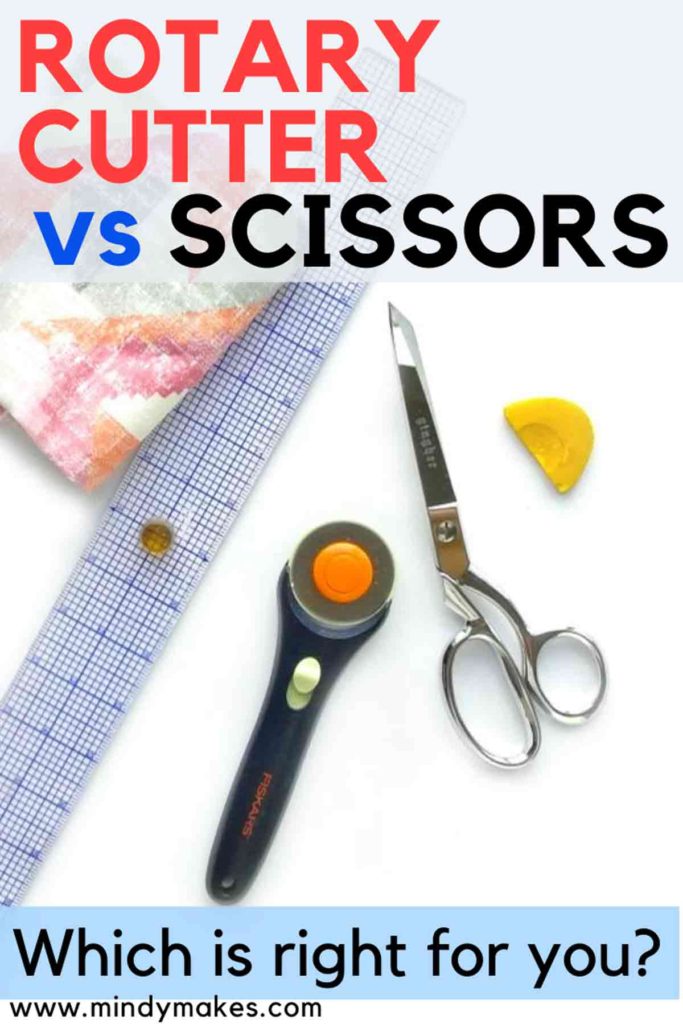
As a sewer who does mainly crafts and garment construction (no quilting), I favor my scissors over the rotary cutter. In fact, about 90% of the time I reach for the scissor instead of my rotary cutter. However, quilting friends say they would forgo the scissor in favor of the rotary if they had to choose one.
It is actually very common for sewers and quilters to own both in their toolbox. This is because while both tools cut fabric, they do it in different ways.
Today I will talk about the pros and cons of both, and hopefully at the end of the article you will have a better understanding of which tool may be more suitable for your sewing needs!
Before we dig into our comparison of the two, let’s get to know a little about the rotary cutter.
A little history about Rotary Cutters (in case you are interested):
The first rotary cutter was introduced in the late 1970s by the Olfa company for garment construction. However, it quickly became well loved by quilters (and still continues to be) as it allows extremely precise cuts as well as reduces cut time. It also lets you cut through several layers of fabric at once (up to 4), which is very useful for quilting when you need to cut strips, squares, and triangles
What is a Rotary Cutter?
A rotary cutter looks and works like a pizza cutter. It consists of a handle attached to a circular blade that rotates, hence the name, rotary cutter.



Various designs of Rotary Cutters
LEFT: Fiskars 45mm Straight Rotary Cutter
MIDDLE: Fiskars 45mm Comfort Loop Rotary Cutter
RIGHT: OLFA 45mm Deluxe Handle Rotary Cutter
How Does the Rotary Cutter Differ from Scissors in the Way They cut?
Rotary cutters can cut all types of fabric the same way fabric scissors can. With a rotary cutter you simply hold the handle and push the rotating blade over the fabric you want to cut. With scissors, you have to mechanically open and close the scissors over the fabric to cut. For this reason, many people find that the rotary cutter does not lead to hand fatigue (the way the repetitive opening and closing motion of using scissors does) when cutting large amounts of fabric.
Can I buy a Rotary Cutter and Start Cutting?
No. In order to use a cutting mat you will need the following:
- Cutting Mat – Must have
- Clear ruler – extremely helpful for cutting straight lines. I would say this is a must-have for using a rotary cutter.
- Pattern weights – (optional) helps to stabilize the pattern as you cut
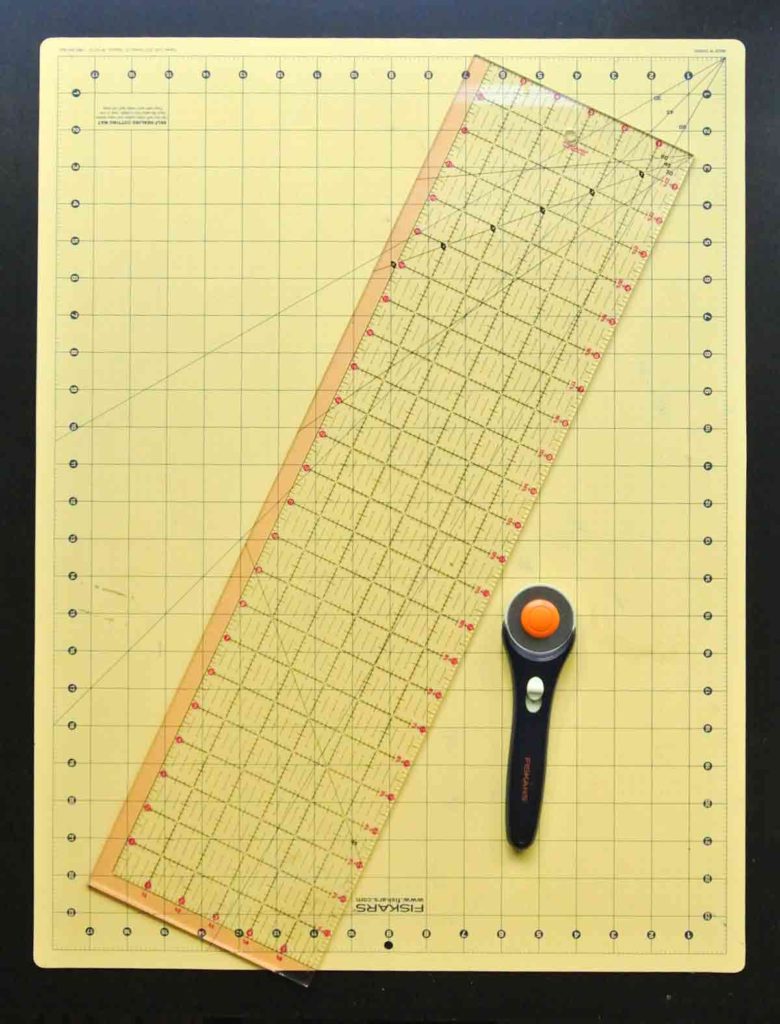
What is the Purpose of a Cutting Mat?
The cutting mat serves 2 functions:
- It prevents the rotary blade from cutting and damaging your cutting surface
- It prevents the rotary blade from getting dull. The rotary blade is meant for cutting fabric. So if you are not cutting on a cutting mat, the rotary blade will cut through the fabric and cut your table/floor, which will dull the blade.
Will the Rotary Cutter Damage my Cutting mat over time?
No. Cutting mats meant for rotary blades are labeled “self-healing cutting mats”. This means that the blade of the rotary cutter will not damage the mat even with repeated use. This allows the mat surface to stay nice and smooth so you can continue cutting precise lines each time with the rotary cutter. However, a dull blade WILL damage the cutting mat when you try to cut fabric with excess force. Therefore, it is very important to use sharp blades for the longevity of your cutting mat.
How often Do I Need to Replace My Blades?
There isn’t an exact answer to this, as it depends on how much you are using the blades and the type of fabric you are cutting. Generally the thicker the fabric, the faster the blade dulls. Also, if you cut sequenced fabric or fabric with thick embroidered designs (lace, brocades), it will definitely shorten the lifespan of your blade.
A good way to know you need new blades is when certain parts of the fabric don’t cut with one blade swipe. At first you will find a few snags of thread that remain uncut with each swipe. Overtime you will notice sections of fabric left uncut after you swipe. That’s when you know you need new blades.
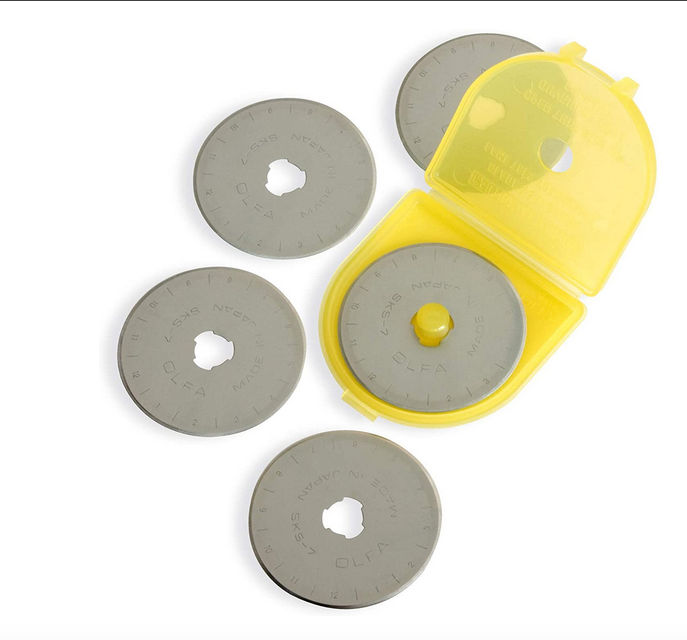
A 5 pack of 45mm Olfa Rotary Replacement blades (~18 on amazon)
Can I Sharpen my Rotary Cutting Blades?
Unfortunately I have not had very much success in this area. I’ve tried knife sharpener, foil, and rotary blade specific sharpeners, all with poor results. I just cannot get the “sharpened” rotary blade to perform like its brand new counterpart. While I want to believe in the possibility of sharpening rotary blades, as of now, my answer is no.
Rotary cutters are Sharp, What is the Best Way to Stay Safe?
Yes! Rotary cutters are extremely sharp, which is what makes them such a powerful tool. However, it is not uncommon to accidentally slice your finger (ouch!). This usually happens to the left fingers, because people hold the cutter with their right hand.
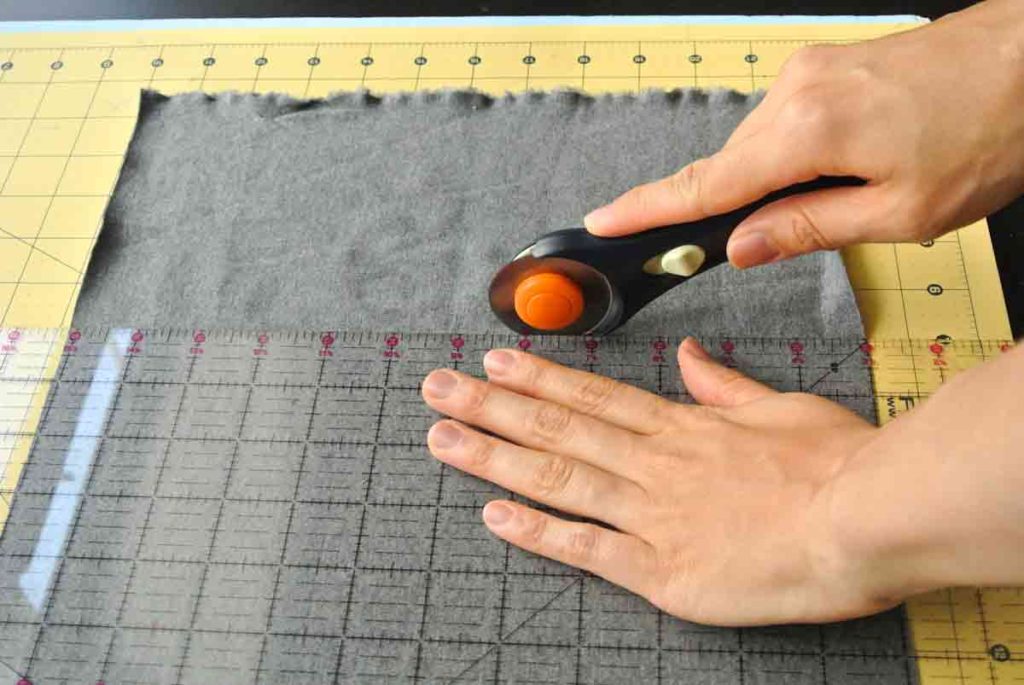
Good Rotary Cutting Posture: Place left hand firmly on straight edge close to where you will cut while holding rotary cutter with right hand. Keep blade perpendicular to the fabric as much as possible. Swipe up and away from you.
5 Tips for Rotary Cutter Safety:
- NEVER place your left hand in the path of the rotary cutter.
- ALWAYS push the rotary cutter away from you. NEVER pull the cutter towards you while cutting
- It’s a good idea to use a 1/4”thick ruler as the straightedge for making cuts. The extra 1/4” gives a buffer in case the rotary cutter slips. If you are using a thin ruler, be very careful as the rotary cutter can slip, travel up the ruler and land on your hand (ouch!)
- FOCUS when you are making cuts. Don’t try to have a conversation with your best friend or while boiling something on the stove. Rotary cutting is a serious matter, so TRY not to multitask.
- ALWAYS retract the blade as soon as you stop cutting. Make this a good habit so you don’t forget. This only applies to retractable rotary cutters. For the kind where you squeeze to release the blade, you won’t have to remember to retract the blade.
Now that we have a better understanding of rotary blades, let’s compare it with our fabric scissor.
Rotary Cutter Vs Scissors: Price Comparison
I own a pair of 45mm Fiskars Rotary Cutter (around $16 on amazon) as well a Gingher 8” Dressmaker Shears (around $40 on amazon). At first glance it may appear the rotary cutter is better priced. However, don’t forget the cost of a plastic ruler as well as a cutting mat when you initially purchase a rotary cutter.
There are rotary cutting sets (includes cutter, ruler, and mat) on amazon that run around $30, which is a good deal in my book, especially since I had to buy everything separately.
However, over the many years of owning both tools, I’ve never had to do anything with my scissors while I’ve had to change the rotary blades out at least 8+ times. A pack of 10 generic rotary blade replacements run about $13 on Amazon, whereas a pack of 5 Fiskar blades are around $7 on Amazon.
On the other hand, the scissors have continued to stay sharp. I’ve actually never had my fabric shears sharpened (and it still cuts wonderfully, another reason I love the Gingher 8″ Dressmaker’s Shears!) but you can either sharpen it at home with a knife sharpener or get it professionally serviced. Price-wise, scissors are definitely much more economical!
Rotary Cutter Vs Scissor: Speed and Comfort
The rotary cutter definitely wins in cutting speed and comfort. You can also easily cut through many layers of fabric with just a single swipe. With scissors, you will have to exert a whole lot more hand muscle strength to cut the same layers of fabric. Additionally, when cutting large amounts of fabric, rotary cutters doesn’t lead to hand fatigue like when cutting with scissors.
Rotary Cutter Vs Scissor: Cutting Ability
Both the scissor and rotary cutter are excellent cutting tools. However, each have their own strengths. The rotary cutter makes extremely precise and clean cuts, and is best for straight lines and wide curves. Scissors, on the other hand, are good for small curves and intricate details with a lot of tight angles.
Rotary Cutter Vs Scissor: Cutting Accuracy
In terms of cutting accuracy, rotary cutters are definitely superior. The use of rotary cutters helps minimize a shift or distortion in your pattern line. Scissors on the other hand, can often lead to a jagged edge if the operator doesn’t have steady hands. This is especially noticeable for light weight/sheer fabrics such as chiffon that shift easily. Even with the most stable hands, the mechanical opening and closing of scissors just doesn’t compare with the clean cut of a rotary cutter.
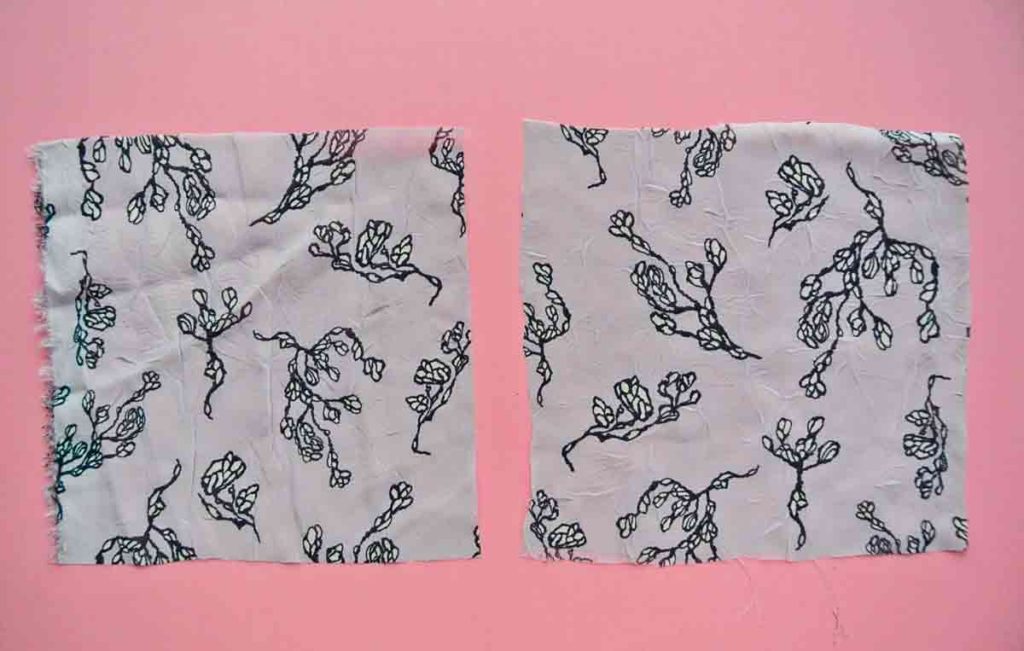
Chiffon piece (left) cut with Rotary Cutter. Chiffon piece (right) cut with scissors. Note how much straighter the rotary cuts!
For the most part having a bit of a jagged edge where you cut is not a big deal because the cut part gets hidden to the wrong side of the fabric once you sew. However, if you are sewing a project where you will leave a lot of raw edge exposed, for example, a tulle skirt, then having a clean cut will be vital; the rotary cutter will be your tool of choice
Fabric Types:
While both tools can cut all types of fabrics, there are a few that each can cut better than the other.
Knits and leather are great with rotary cutters because of the clean cut it leaves. Thin fabrics (silk charmeuse, tulle, chiffon) are also good for the same reason.
On the other hand, fabrics with a lot of raised patterns such as sequence, beads, lace, and embroidery are better cut using scissors. While the rotary cutter can be used on these fabrics (except beaded fabrics!), it will wear out the blade a lot faster. Also if you are cutting out individual pieces of lace for appliqués, you will definitely need scissors for that.


LEFT: Rotary Cutter works very well with lightweight fabrics and knits
RIGHT: Scissors are great for lace and sequenced/beaded fabrics
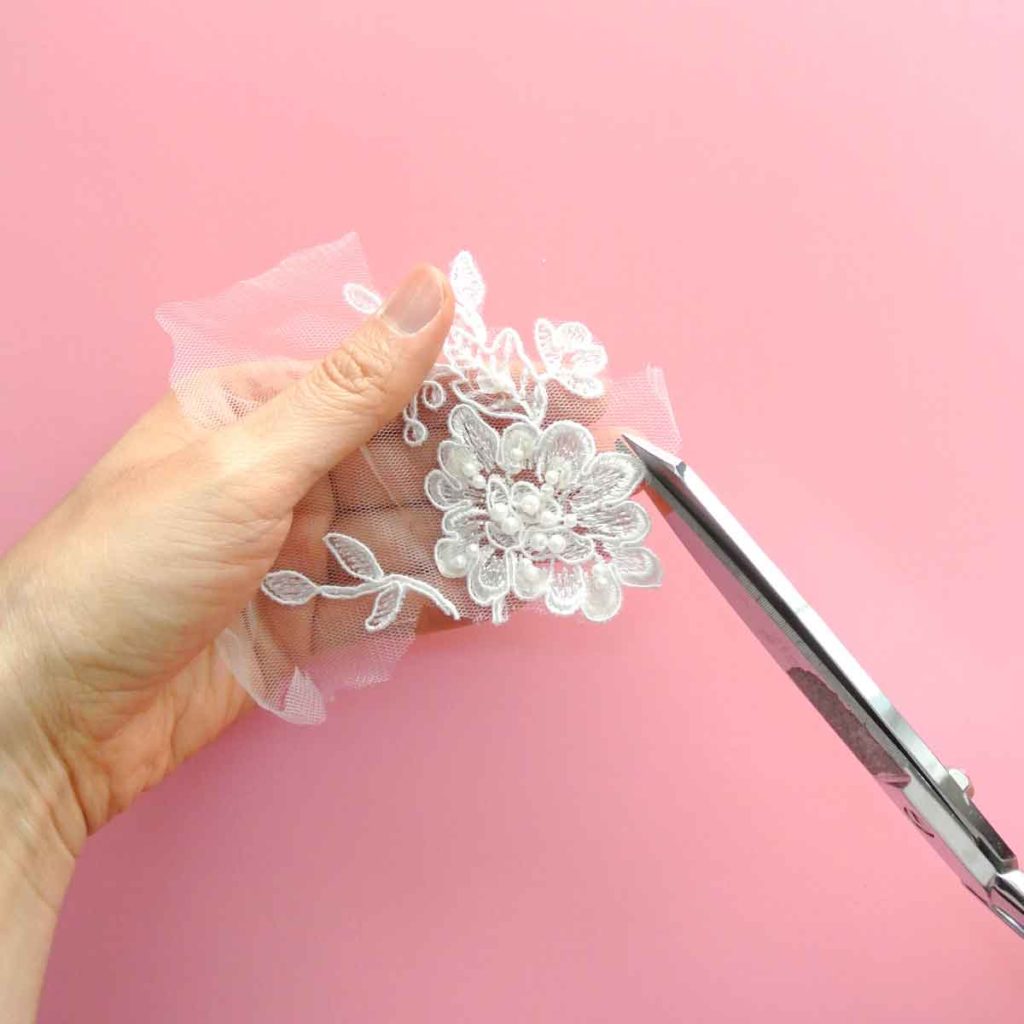
In a Nutshell:
Summary for Scissor and Rotary Cutter Comparison:
|
|
SCISSORS | ROTARY CUTTER |
| Price Comparison | More economical in the long run. Can be sharpened at home or professionally sharpened 1-2x a year | Costs build up because you need to keep replacing blades. Blades cannot be sharpened* |
| Speed | Slower than rotary cutters | Much faster than scissors |
| Comfort | May lead to hand fatigue with repetitive use | Less likely to cause hand fatigue |
| Cutting Strengths/Weaknesses |
Strengths: Great for small curves and cutting details with tight angles. |
Strengths: Great for cutting straight lines and wide curves. Great for cutting multiple layers of fabric |
Like I said before, there really isn’t one tool that is better than the other. It all depends on your preference and the type of projects you will be doing. For me personally (since I mostly do crafts and garment sewing, no quilting at all), I use the scissors about 90% of the time, and the rest 10% is rotary. However, I do prefer the rotary cutter is for cutting bias strips or for strips or squares of fabric.
For those of you still wondering, below is a summary of the project types that each tool is good with.
Project types that are good with Scissors Versus Rotary Cutter:
| SCISSORS | ROTARY CUTTER |
|
| BEST |
|
|
| GOOD |
|
|
| AVERAGE |
|
|
My summary is this: If you will be mainly focused on quilting, then go for the rotary cuter. If you will mainly be focused on sewing crafts and garment construction, go with the scissors. And do yourself a favor and invest in a nice pair of shears like the Gingher , you’ll thank me later 🙂
I hope this helps! And if you are still undecided…the best way to find out is to try one, or both! In the end, you can’t lose with either one.
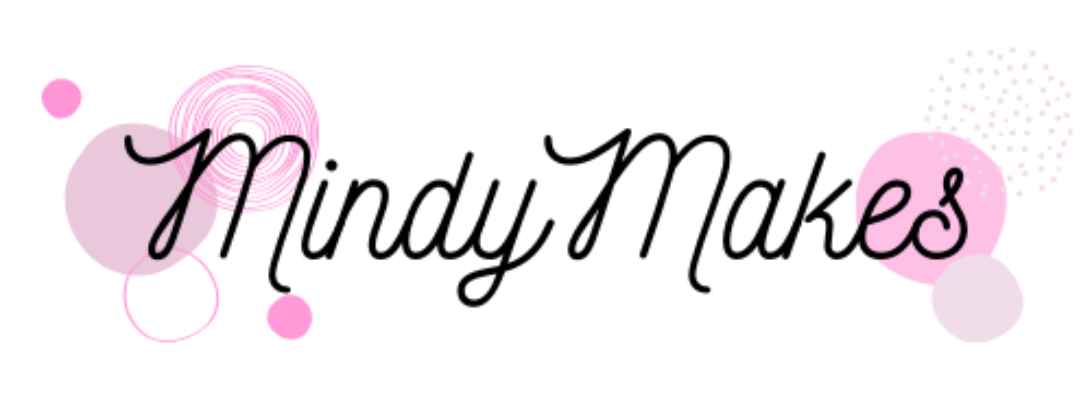
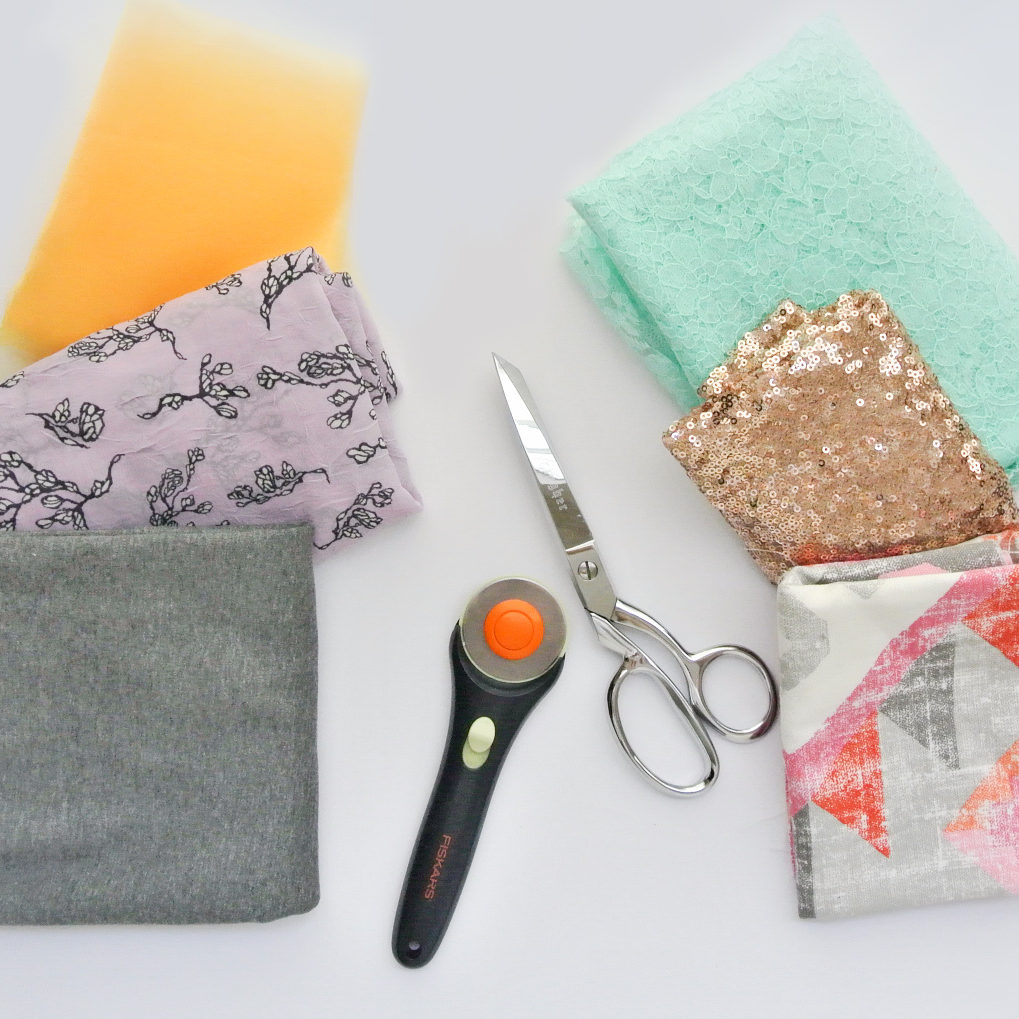
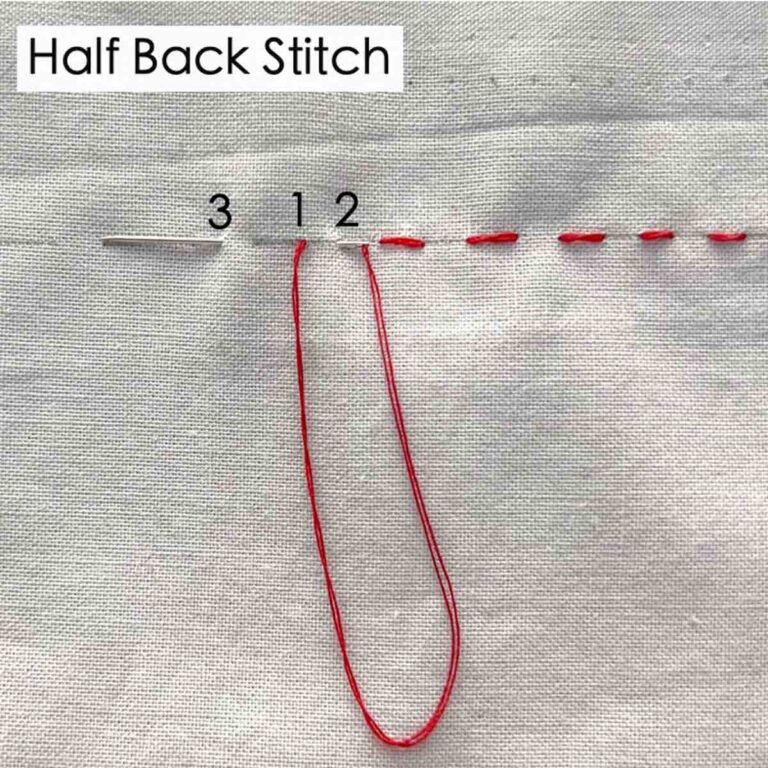
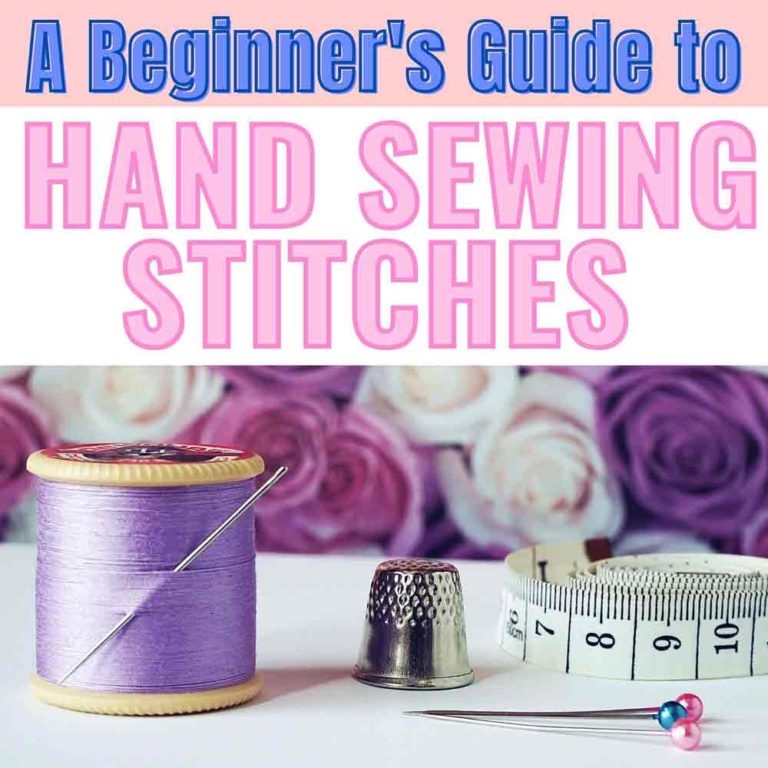
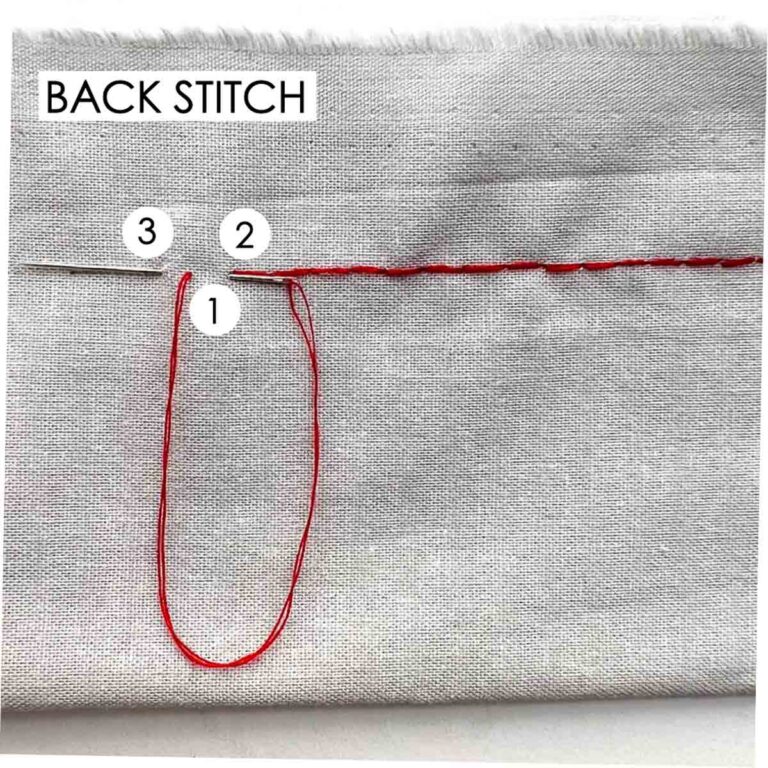
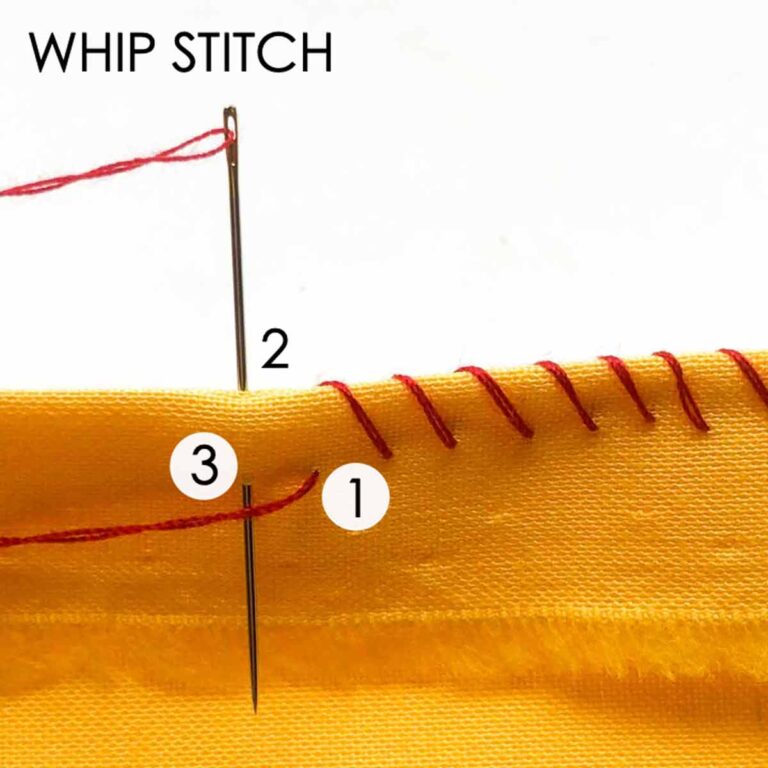
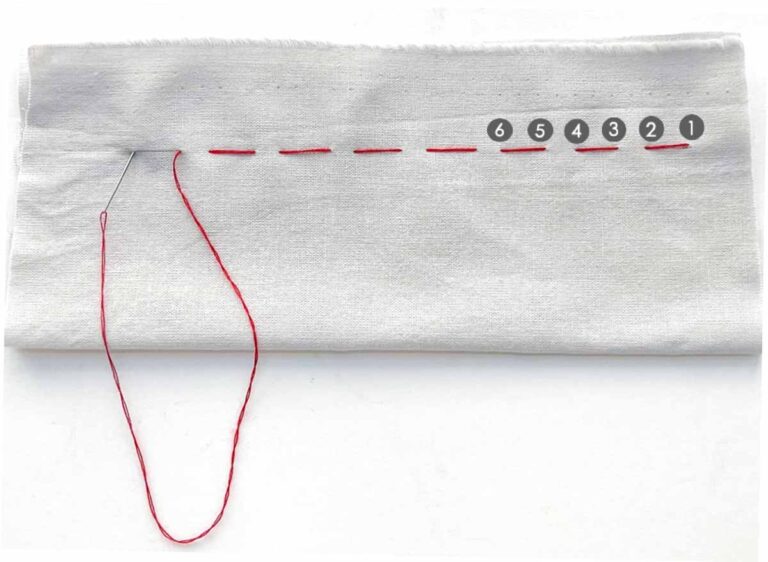
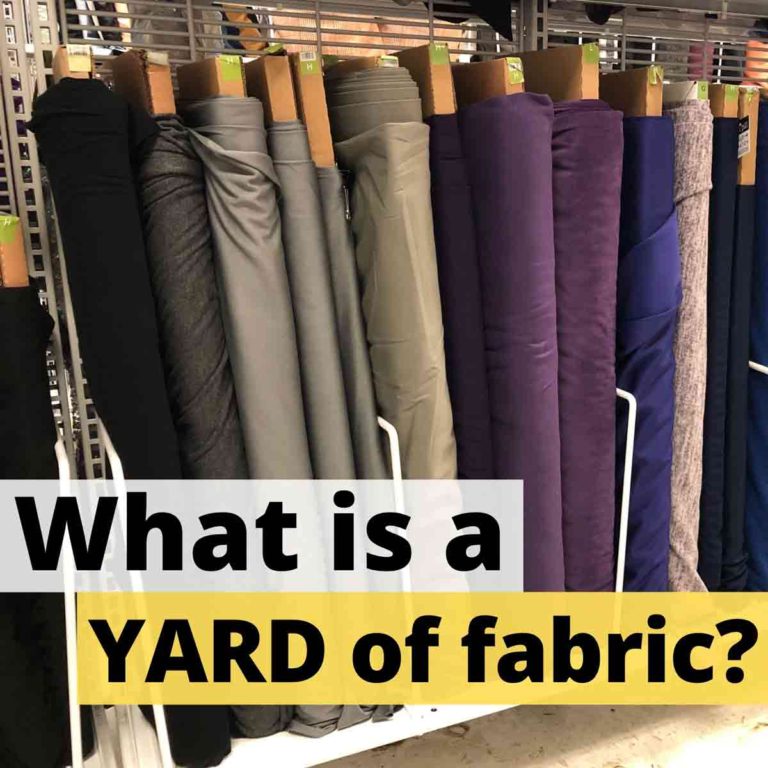
Thank you. You provided great detail and it was all explained very well.
Hi Sylvia,
You are so welcome! So glad you found the information helpful!
This is exactly the info I needed. Thanks!
You are so welcome Sharon!